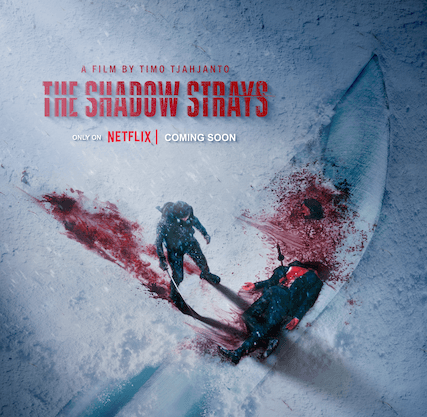“The Shadow Strays” stands out as a unique addition to Netflix’s growing catalog of international action thrillers. Directed by Timo Tjahjanto, the Indonesian martial arts film follows the journey of 13 (played by Aurora Ribero), a teenage assassin caught between her duty to a shadowy organization and her personal sense of justice. The film, which is praised by both critics and viewers, combines a brutal portrayal of organized crime and assassins with deeper, relatable themes of identity, friendship, and questioning authority. With a favorable critical reception (88% on Rotten Tomatoes) and positive audience reviews (86%), The Shadow Strays appears poised to be a new hit for the streaming platform.
Plot and Character Overview
The protagonist, known only as 13, is a teenage agent for an elite group called The Shadows. Initially, she’s portrayed as a lethal yet morally ambiguous figure who is highly skilled in combat but has yet to fully embrace her organization’s code of ruthless detachment. When a mission goes awry, 13 is sidelined, and during her suspension in Jakarta, she befriends Monji, a young orphan whose mother was recently killed by a local syndicate. This chance encounter pushes 13 to reconsider her path, leading her to take on the criminal syndicate and, ultimately, her own organization to save Monji.
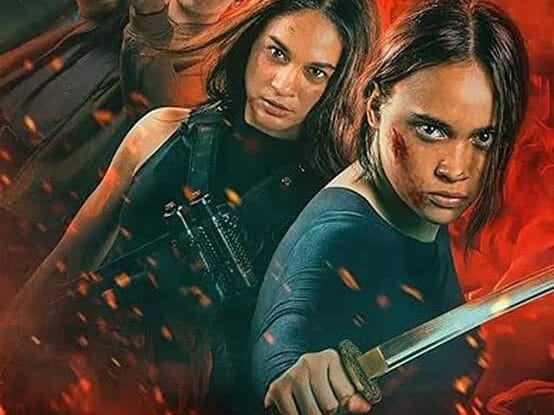
Ribero’s portrayal of 13 is central to the film’s success. Her character is likened to iconic figures like John Wick and Bryan Mills (from Taken), with precise fighting skills and a fierce will to survive. However, unlike typical action heroes, 13’s journey is complicated by her inexperience and budding empathy—a fresh angle in a genre often dominated by stoic antiheroes. This duality is expertly handled by Ribero, who seamlessly shifts between intense fight scenes and moments of emotional vulnerability.
The Shadow Strays Review
One of the standout elements of The Shadow Strays is its exploration of identity, particularly through the character of 13. Her lack of a true name underscores her loss of personal identity within The Shadows, a nameless organization that suppresses individualism through strict discipline and even medication. The film’s narrative and visuals emphasize this through frequent motifs of 13’s attempts to remember her family and the death of her mother, suggesting that beneath her stoic exterior lies a young person longing for connection and purpose beyond killing.
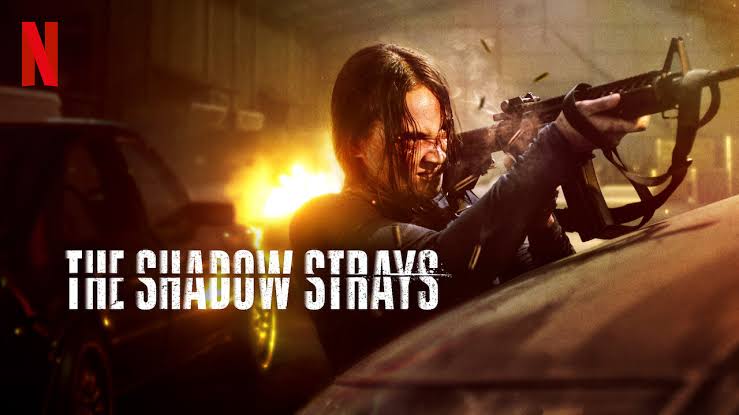
This struggle with identity is deepened by 13’s interactions with Monji and the gradual revelation of her own humanity. When Monji begins to call her “Sis” rather than by any name, a touching bond forms, symbolizing 13’s rejection of her anonymous life as a weapon. This thematic resonance reflects a universal human desire to be known and loved, making 13 more than just a cinematic killing machine.
The Shadow Strays Cast
- Aurora Ribero as 13 / Nomi
- Hana Malasan as Umbra
- Taskya Namya as Soriah
- Agra Piliang as Haga
- Andri Mashadi as Ariel
- Kristo Immanuel as Jeki
- Adipati Dolken as Prasetyo
- Ali Fikry as Monji
- Arswendy Bening Swara as Soemitro
- Kin Wah Chew as Handler
- Tanta Ginting as Kabil
- Yayan Ruhian as Master Burai
- Eva Celia Latjuba as Volver
- Mawar Eva de Jongh as 14
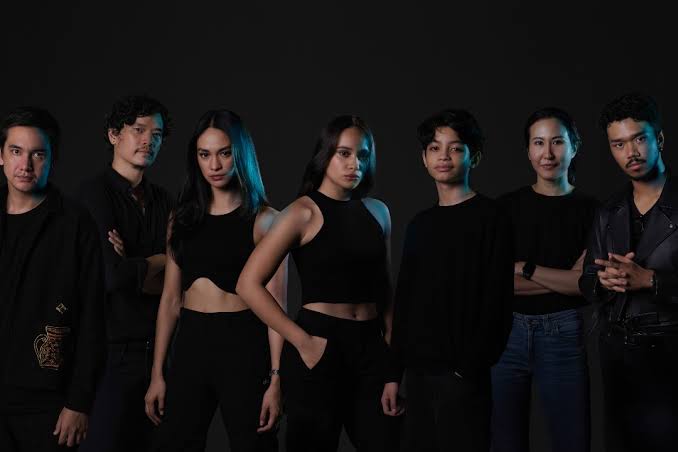
Political and Social Undertones
The film doesn’t shy away from addressing contemporary Indonesian socio-political issues either. For instance, the antagonists are heavily connected to a crime network that overlaps with political corruption. Ariel, the primary antagonist, is the son of a powerful politician and aspires to rise in government, echoing real-life political dynasties in Indonesia. This element of the narrative serves as a critique of how corruption and organized crime often intertwine, questioning the moral authority of those in power.
Additionally, Tjahjanto introduces an ideological conflict between 13’s organization and the syndicate. While The Shadows value loyalty and obedience, the syndicate embodies a hierarchy based on rank and privilege, illustrating two sides of a flawed coin. This thematic layering adds depth, suggesting that both systems are oppressive, albeit in different ways, further reinforcing the film’s message about the need for personal agency and rebellion against unjust systems.
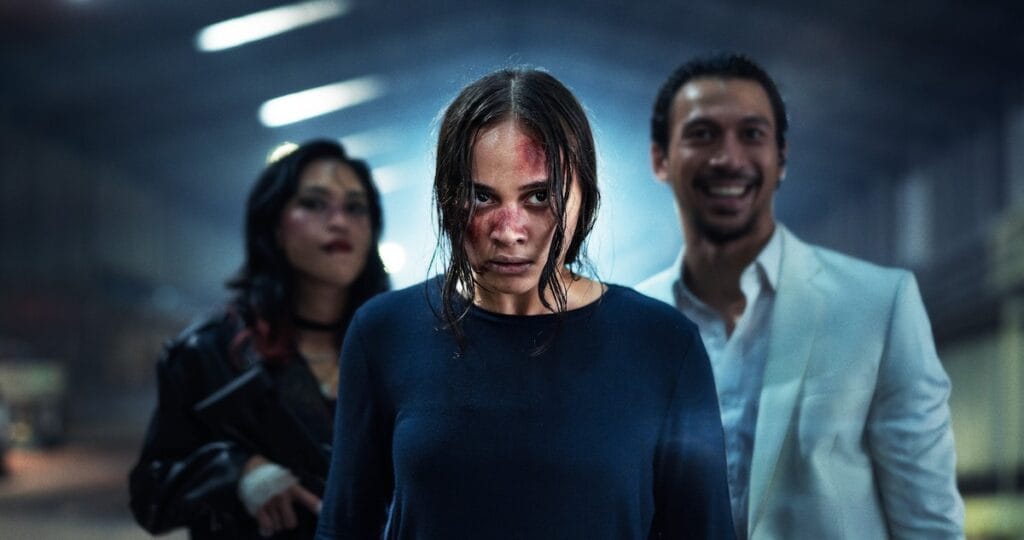
Visual and Cinematic Style
Tjahjanto’s direction shines particularly in the choreography and execution of action sequences, crafted alongside fight choreographer Muhammad Irfan, known for his work on The Raid. The film’s visuals bring to mind the intensity of classic action films like John Woo’s Hard Boiled, blending relentless fight scenes with visually striking sequences that seamlessly shift in tempo and perspective. Each fight is packed with inventive choreography, using a mix of weapons, including guns, swords, knives, and improvised tools like bottles and even receipt spikes.
The film’s aesthetic contrasts these dynamic sequences with quieter, atmospheric moments that build the tension. For instance, scenes set in the neon-lit Jakarta nightclubs and gritty alleyways create a noir-inspired backdrop that accentuates the story’s dark themes. Tjahjanto’s use of vibrant colors in fight scenes is particularly effective in conveying 13’s emotions, enhancing both her brutal actions and the moral weight of her decisions.
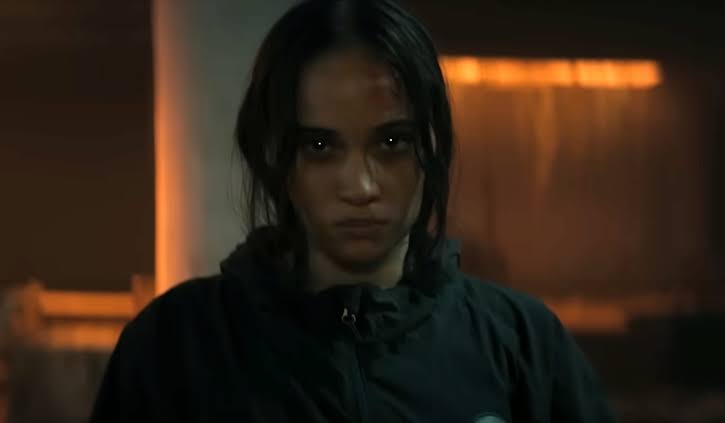
Criticisms and Final Thoughts
While The Shadow Strays has been well-received, some reviews have criticized its runtime, arguing that the film’s extensive length detracts from its pacing. However, fans of intense, stylized action movies like Hard Boiled and The Night Comes for Us appreciate the film’s commitment to going “all-in” with the action sequences, viewing the film’s length as necessary for its thematic and cinematic impact.
Another critique, frequently mentioned, is the film’s reliance on familiar tropes—such as the “assassin with a heart of gold”—and the sometimes predictable plot points. However, Tjahjanto’s ability to blend these archetypes with innovative action scenes and emotional depth arguably transcends genre conventions, resulting in a more nuanced character study.
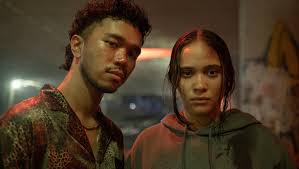
Despite these minor criticisms, The Shadow Strays is undoubtedly a thrilling addition to Netflix’s library, showcasing the creative potential of international martial arts cinema. It speaks to universal themes of identity, rebellion, and the search for belonging, providing audiences with a refreshing and thought-provoking take on the revenge thriller. Through Ribero’s compelling performance and Tjahjanto’s masterful direction, the film challenges the conventions of its genre, making The Shadow Strays a highly recommended watch for both action aficionados and those seeking a story with emotional depth.

